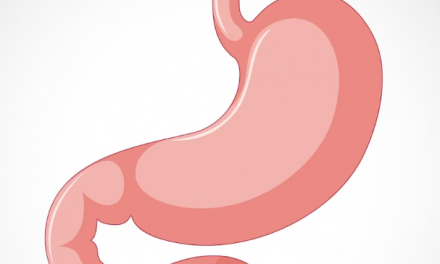As regular readers will know well, obesity is much more than just an imbalance between calories in and calories out. Amongst the list of possible contributors are a number of eating disorders which often go overlooked, and are important to identify so that a person suffering from these conditions can be helped and treated. Two of the most common eating disorders associated with obesity are Binge Eating Disorder and Night Eating Syndrome. Let’s take a look at each of these in more detail.
Binge Eating Disorder (BED) is defined by eating a large amount of food within 2 hours, at least once a week for at least 3 months. These episodes of eating are accompanied by a feeling of a loss of control. In addition, three of the following must be present:
- eating rapidly
- eating even though there is a lack of hunger or eating until uncomfortably full
- feeling shame, disgust or guilt
- eating alone due to embarrassment
- not hungry in the morning
- there is an urge to eat between dinner and bedtime, or during the night
- difficulty getting to sleep at least 4 nights per week
- a belief that eating is necessary to help you get to sleep
- a worsening of mood in the evening












